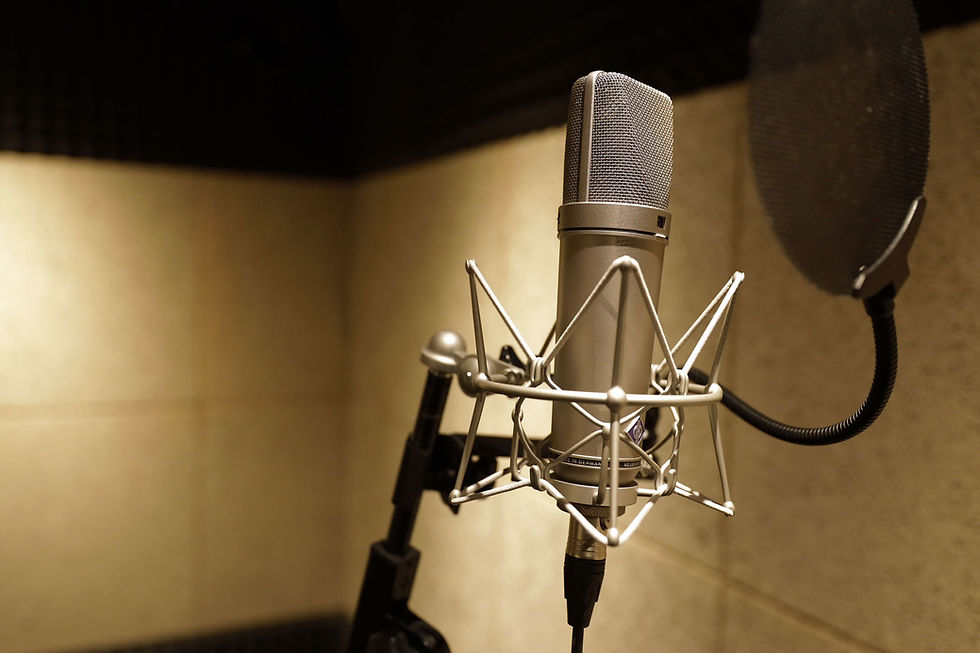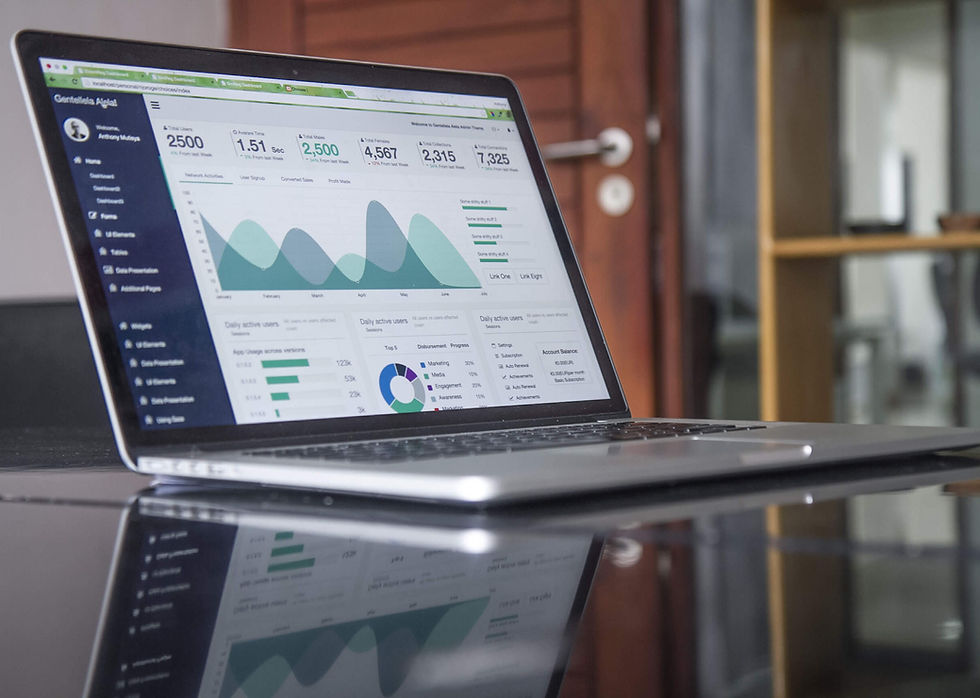How much should a film or video cost?
- Laurence Scott

- Dec 31, 2022
- 7 min read
Updated: Oct 27, 2023
The answer to this question can often be frustrating as a customer, because often the resulting answer will be “it depends, what do you want?” – but often you don’t know exactly what you are looking for.

With this article we are going to answer the how much should a video cost? We will give you some ideas about what can make a video cost more or less. We will also give you some useful links to industry standard pricing for job roles.
So let’s consider the factors that go into making a video:
Final length of film or video. Type of content: Promotional film, how to, testimonial, music video? Equipment: Cameras, lenses, audio, lighting. Staff: Who do we need to create the film or video? Locations: What spaces are required to create the film or video? Editing: editing, colour grade and audio mastering. Talent: Who will present? Do you need extras or models? Industry trends and changes. Generally the film industry works on rating how many days a project will take to finish. Typical Filming days are built around being on set for 12 hours as that gives you the maximum return on investment with all the people you may need on set. The longer the video, the more content is required to keep it feeling original and interesting. Capturing a variety of shots from wide shots, mid shots and close ups of each action or moment gives the editor the best chance to keep your viewers watching longer.
The type of content required may also affect how long it takes to capture. A how to or fitting guide video can take much longer than the actual application. As it will help viewers to show each step, where it is and finally how all the actions stack to give you the final result. A business overview video would require several interviews and then time spent showing the product or services offered. A business overview film could typically be filmed within 1 or 2 days. With the how to or fitting guides you might be able to film several within a single shoot day. On the extreme end, often documentaries like Blue Planet end up with camera operators waiting a month to be able to capture the perfect 10 second shot for the program.

There is a real variety of cameras, lights and audio equipment which all can lend different properties to your production. That’s not to say that always the most expensive is what is required, often the technical specs of these cameras can be surplus to requirements. Filming in 4K for example, rather than 1080p will quadruple your data requirements also requiring editing computers with more expensive components to handle the data rates. Most production companies will own some kind of camera, lighting and audio package – but I have also known them to hire in specific cameras to do certain jobs. These cameras could be anywhere from £100-150 a day, or some top rated camera packages may run into £1000’s.
Using lighting correctly is the foundation of any great image. For example using warmer softer lighting can make the subjects skin look more pleasing. Layering lights will make for images that feel real, retaining the depth of the world they captured. Having different lighting sources, power options (Battery and mains power) and modifiers to shape the light are all key components to making attractive images. Aputure are a brand of LED light manufacturers which are making some fantastic lights for corporate scenarios, with great power output, modifiers and options for both battery and mains power- one of their mid level lights is called the 300D. An Aputure 300D can hire at around £75-90 a day on its own. But the key to layering lighting is having different sources and modifiers so you can see how quickly a 3 to 4 light package could add an extra £300+ to a shoot budget.

Sound quality is one of the most overlooked features in creating great video, being able to get a microphone closer to the source of the sound will help isolate the sound. Isolated audio with a low signal to noise ratio (lack of any hissing sound) will allow the editor to mix the volume of the sound effects later creating a much better viewer experience. This means that at minimal a lapel microphone should be used, but using a boom microphone not only means that no visual microphone can be seen on screen (which can distract viewers), but it gives a better pickup pattern for the direction of the sound, allowing for better isolation against any unwanted outside sounds. Renting a lapel microphones and wireless battery packs can add around £35-60 for a receiver and transmitter set, a boom operator would require a member of staff to operate costing around £300-400 for the day.
Wasted time on set multiplies by the amount of crew you have, 3 people losing 5 minutes is 15 minutes wasted – 10 people would be 50 minutes lost. Therefore capturing the required content swiftly and efficiently will mean less time is lost. To reduce time loss, additional staff maybe required to operate or be in charge of specific equipment. It is common place to have a minimum of a camera operator and a sound engineer for corporate or promotional content. That way the image and sound being recorded can be monitored, ensuring that the image and sound are always up to the required quality. But it’s not uncommon to have a director, production assistants, makeup, costume, art department. Each additional job role can add a trained pair of eyes keeping track of specific areas. But can also add anywhere from £150 a day for runners/ Production assistances to £300-£500+ for technical operation roles and perhaps even more for heads of department or Directors.
More often than not if you’re creating a fitting guide, or a business overview video you will have access to a suitable location to shoot your film. If the location can be supplied this can obviously stop any additional costs, but on occasion there can be need to either make some kind of coloured background or use a public space. In the case of requiring a public space these can be sought throughout Suffolk from a organisation called “Screen Suffolk” – but can cost anywhere from £30-£1000+, depending on the spaces you need, amount of crew, possible disruption to public etc.

Editing is labour intensive, it takes time to go through footage, choose the correct bits, chop and change them around to tell a cohesive story. But that’s just the start, once cut then you can layer audio, music and sound effects and make sure it is mixed so each element is within balance, nothing is distorted and all required speech is at a consistent level. Once you have a mix one of the final stages of mastering is making sure all the shots in the sequence work in terms of colour and exposure. Ensuring brand colours are correct and accurate and that all shots are clear and visible for the audience. Making sure it doesn’t suddenly go very dark, or too bright that it is uncomfortable to watch. Each of these roles from editing, colour grading and audio mastering is its own skill in itself and in your feature film worlds would be done by teams of people. Teams of people spending hours editing and reviewing the film will cost tens of thousands if not hundreds of thousands. But in smaller budget corporate work for a 3 minute business explainer video could take 2-3 days to go through the standard edit process, costing around £750- £1200. Layering any additional text, graphics and visual effects upon the film or video is another part of the process that depending on the end goal can be as simple as resizing a logo and layering it to the film or video. Or in the case of some projects may require assets to be manipulated frame by frame, which once again can make for additional costs in the post production stage. We have had cause to track the motion of objects in a frame and remove them. Or cut out green screen backgrounds. These tasks can be very time consuming, adding £100s to a film quote.
If your film requires a presenter or model, you can of course always use a member of staff that feels confident. Or you can go through casting local talent from actors to models to showcase your work, which at a basic level will start off costing around £250+ per day. Depending on your delivery destination though, expect to pay much more if you’re intending to deliver your film or video onto TV’s.
Here is a useful link to BECTU – one of the main unions for Film and TV across the UK and they have guide rates for not only job roles but also roles in relation to the content that is being created. Whether it’s for online distribution, TV and what are the categories of different productions. https://bectu.org.uk/get-involved-in-the-union/ratecards/ Now you are more aware of what features that effect costing from creating a film or video. If you will bear with me, I will try to summarise how we go about our pricing structure.

We use a set pricing structure, with fixed prices which works for about 90% of our clients. (find our price list here)
The real secret to how we can offer fixed pricing is the planning. With a set structure to the films we deliver, we know the equipment and crew required and we can work within a framework that still delivers creative and interesting films. Whether you need an explainer video, a fitting guide, a how to or promotional video for a new service, we can offer a fixed price solution. That doesn’t mean that it is an off the shelf product because every film is bespoke: made from the original assets that we capture, built around a script which we have worked with our clients to create. Our packages will provide the minimum of a Camera operator and sound engineer. So you know you’ll get awesome visuals and audio, whatever we are creating.
Our staff are also multi skilled when not recording audio, our engineers are flexible and will help out in other roles where needed even if that is capturing additional footage.
With each different type of film, we have planned the correct equipment, from cameras, lighting and sound to achieve the goals required. This will save everyone’s time.
The deliverables are mapped out closely with the client before we even begin to shoot, so that we know our customers will love everything we do.




Comments